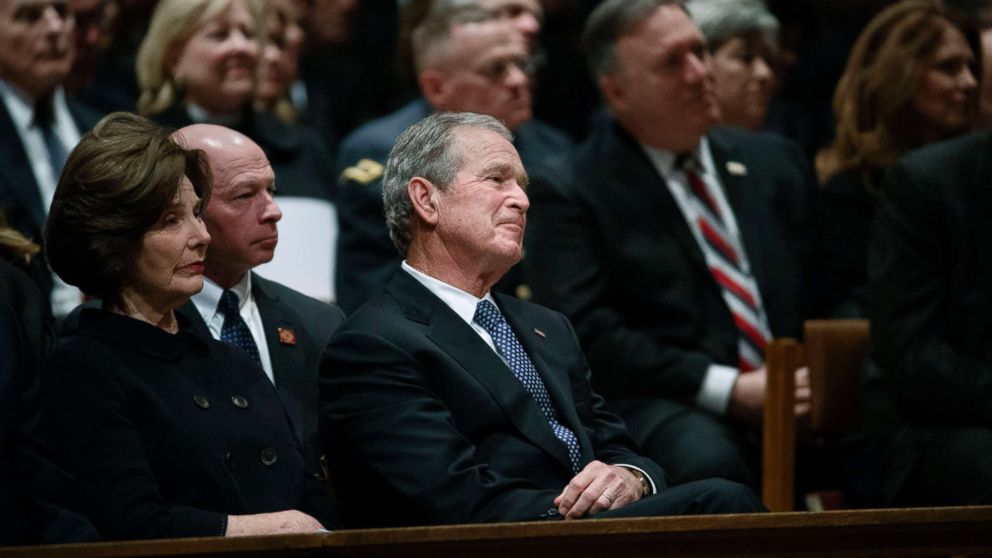
Federal Reserve banks saw modest economic growth in the U.S. this fall.
Still, the Beige Book released Wednesday by the central bank shows manufacturing and agricultural sectors in parts of the country rattled by President Donald Trump‘s tariff policy. Reports from 11 of the 12 Fed districts, which cover mid-October through late November, mention the effects of tariffs and trade policy.
One central bank region mentioned tariffs as a mixed bag, but businesses largely viewed the duties as a drag on performance. The potential for the U.S. trade war with China to widen if talks during a 90-day truce crumble has increased concerns about slowing economic growth and rattled stock markets.
Here are the Federal Reserve regional banks that mentioned either “tariffs” or “trade policy” in the Beige Book, including the sections where the terms were included.
“Prices”: An industrial distributor said they expected tariffs to contribute 50 to 100 basis points to price increases for their products.
“Manufacturing and distribution”: A few contacts continued to express concern about tariffs and recent and potential changes in trade policy.
“Prices”: One firm reported that it has passed along its costs from 10 percent steel tariffs but that it expects customers to push back if the tariffs increase to 25 percent. Another firm had absorbed the 10 percent tariffs but is slowly raising prices now in anticipation of higher tariffs.
“Manufacturing”: Tariffs remained a major concern for many producers.
“Prices”: Higher metals prices because of import tariffs continue to be a pain point for manufacturers and construction firms, although an increasing number of contacts in these industries have been reporting stable prices in recent survey rounds. There were a number of reports of tariffs leading to higher prices further down the supply chain. One transportation contact reported that domestically produced maintenance parts were becoming more expensive because some components are imported from China. One retailer noted that her suppliers were increasing their prices because of the tariffs.
“Manufacturing”: Import tariffs have had mixed effects: some manufacturers reported higher demand as import competition subsided, but others reported that tariffs led to input cost increases and supply chain gaps.
“Nonfinancial services”: There was some concern that seasonal patterns may be unusual this year as firms try to import goods before additional tariffs on Chinese goods take effect on January 1.
“Prices”: Several firms commented that the strong dollar and tariffs continued to affect the availability and prices of raw materials. … Wholesale and retail services saw higher prices for goods affected by tariffs while businesses reported paying higher prices for business-to-business services and recruitment.
“Manufacturing”: Tariffs were a significant concern noted by manufacturers, as they were believed to raise costs of raw materials, thereby raising prices and lowering demand. However, a cabinet manufacturer reported an uptick in business in recent weeks, as customers rushed orders in anticipation of higher tariffs in the new year.
“Ports and transportation”: Some expressed concerns that the growth was the result of companies trying to order before another round of tariffs, which could lead to weak activity in the coming months. The softening in exports was partially attributed to agricultural goods, which were reduced by hurricane damage and tariffs.
“Retail, travel and tourism”: Several retailers reported narrowing profit margins as cost of goods increased as a result of tariffs, and transportation costs remained high.
“Prices”: Some contacts reported rising trucking rates and expressed concern that continued price escalations related to tariffs could impact future demand.
“Business spending”: Contacts also indicated that retailers were building up stock in anticipation of higher tariffs on Chinese imports that are set to take effect in 2019.
“Nonfinancial services”: Local contacts note that barge activity has increased due to the large number of storage barges for soybeans affected by recent tariffs.
“Agriculture and natural resources”: In addition, contacts expressed concern over the ongoing tariffs leveled at U.S. agricultural products.
The Minneapolis district did not mention trade policy or tariffs as it noted that “agricultural conditions remained weak.” It contrasts with the Fed’s September release, when the bank said manufacturing contacts “continued to report negative impacts from trade restrictions. It also noted that “contacts remained concerned about trade conflicts” in the agricultural sector.
“Agriculture”: However, weakness in hog and dairy markets, significantly lower soybean prices, and trade uncertainty weighed on the agricultural outlook in the District.
“Prices”: Input price pressures remained elevated in part due to tariffs, particularly in manufacturing and construction, and firms were struggling to pass these higher costs onto customers.
“Manufacturing”: Output growth softened notably in November, with the tariffs, labor constraints, and trade policy uncertainty cited as damping factors.
“Retail sales”: Retailers’ outlooks were less positive than the last report as tariffs and rising interest rates negatively impacted expectations.
“Nonfinancial services”: Contacts were less optimistic in part due to uncertainty stemming from trade issues and politics.
“Manufacturing”: Solid domestic demand from other sectors and beneficial trade policy developments helped to bolster the industry.
“Agriculture and resource-related industries”: A contact in Central California reported that yields were generally solid but that trade policy uncertainty continued to limit the ability of growers to secure longer-term sales contracts.

